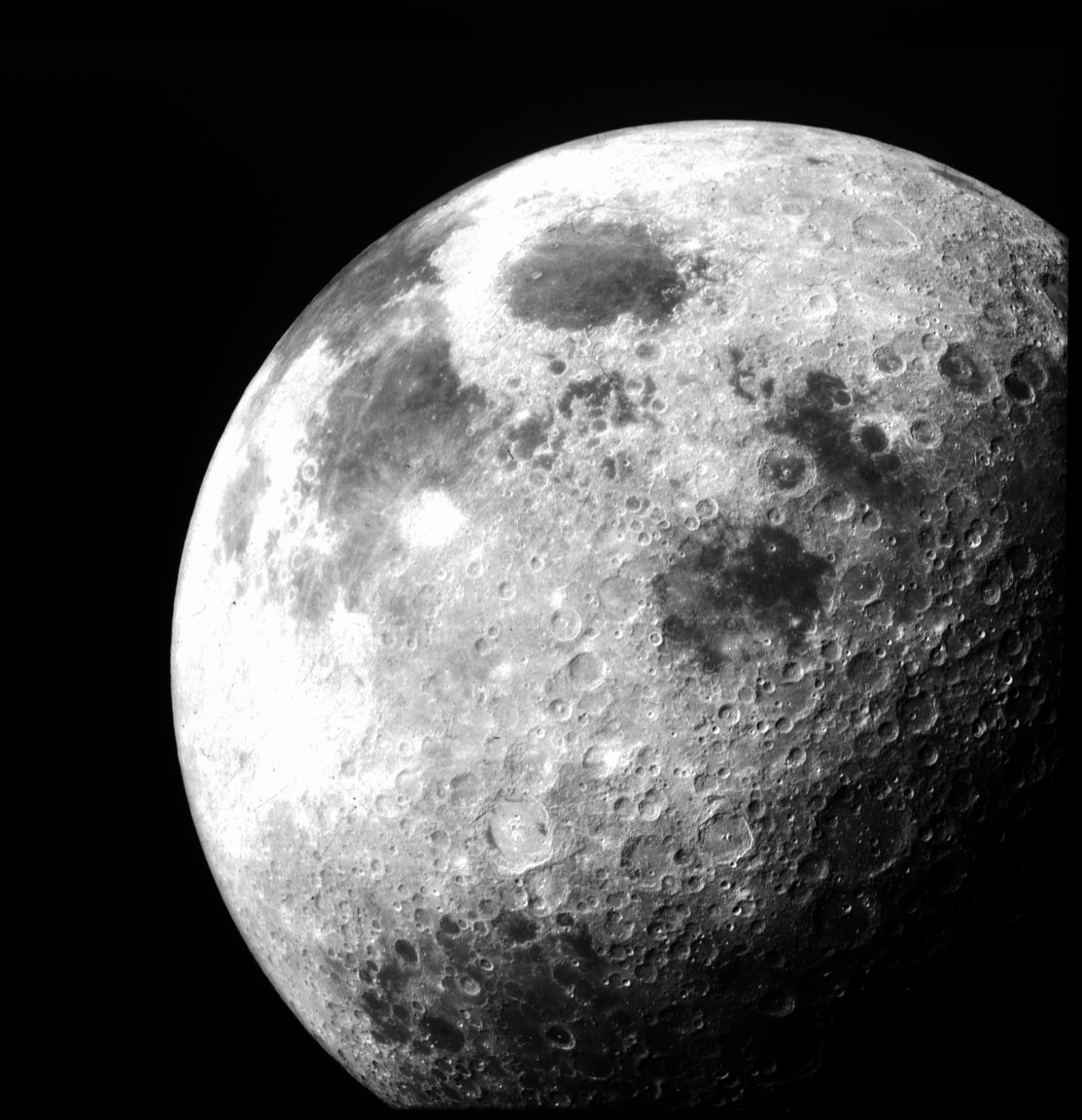
A Metal Moon
Researchers at NASA’s Goddard Space Flight Center (GSFC) have developed a simulation they think reveals new information about the precise nature of the Earth’s Moon in its earliest years.
Most researchers believe the Moon formed when a Mars-sized object collided with the Earth 4.5 billion years ago, forming a cloud of molten material that was later coagulated into the Moon by gravitational forces. Existing models suggest that the Moon would have had its own atmosphere soon after this formation, but the team from GSFC actually did the math to reach a more precise understanding of this atmosphere and how it reacted with the Moon’s surface.
The researchers added up the radiation the young satellite would have felt from the magma covering its surface, the Earth, and the Sun. According to their model, supersonic winds would have blown across the surface of the side of the Moon facing the Earth, causing waves in the magma ocean covering it. After about a thousand years of cooling, the surface of the ocean would have been covered by floating rocks, at which point the atmosphere would have collapsed.
“The Moon’s atmosphere was like a hard-partying rock star,” Prabel Saxena, one of the researchers involved in the study, told Science News. “It had a really violent, heavy metal existence, but it rapidly just fell apart.”
Explaining Exoplanets
This new model is particularly exciting because the greater our understanding of our Moon’s formation, the greater our understanding of how other space objects form. Exoplanets currently orbiting Red Dwarfs, for example, should in some ways be comparable to our Moon in its early years. “If we can characterize what the early Moon looked like, it can tell us about the physical mechanisms that are operating on these close-in extreme exoplanets,” explains Saxena.

Exoplanets are perhaps humanity’s best bet for finding extraterrestrial life, and in just a short amount of time, we have discovered thousands of them. A model like that created by the team at GSFC could help us narrow down the list to those most likely to harbor life, which could then be studied further using tools like the James Webb Space Telescope.
Truly, thanks to the work of researchers like those at GSFC, we have never been closer to answering humanity’s greatest questions: Where did we come from, and are we alone?